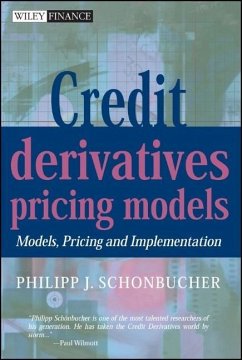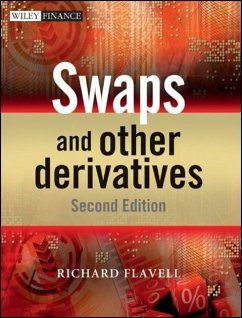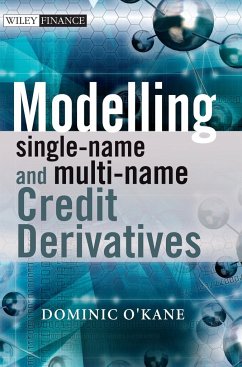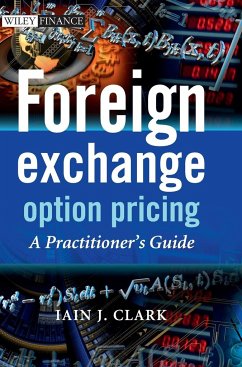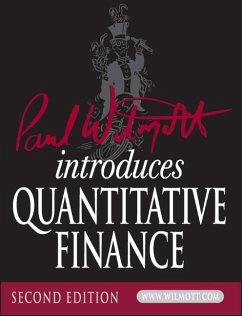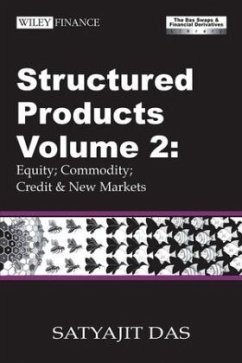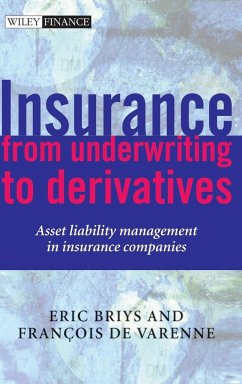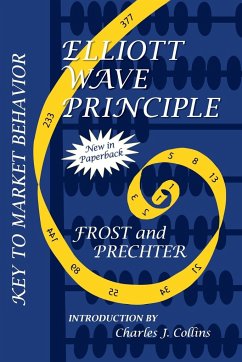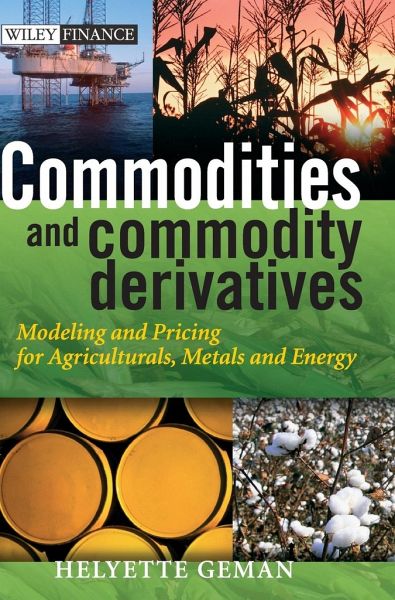
Commodities and Commodity Derivatives
Modeling and Pricing for Agriculturals, Metals and Energy
Versandkostenfrei!
Versandfertig in 2-4 Wochen
116,99 €
inkl. MwSt.
Weitere Ausgaben:

PAYBACK Punkte
58 °P sammeln!
The last few years have been a watershed for the commodities, cash and derivatives industry. New regulations and products have led to an explosion in the commodities markets, creating a new asset class for investors that includes hedge funds as well as University endowments, and has resulted in a spectacular growth in spot and derivative trading.This book covers hard and soft commodities (energy, agriculture and metals) and analyses:Economic and geopolitical issues in commodities marketsCommodity price and volume riskStochastic modelling of commodity spot prices and forward curvesReal options ...
The last few years have been a watershed for the commodities, cash and derivatives industry. New regulations and products have led to an explosion in the commodities markets, creating a new asset class for investors that includes hedge funds as well as University endowments, and has resulted in a spectacular growth in spot and derivative trading.
This book covers hard and soft commodities (energy, agriculture and metals) and analyses:
Economic and geopolitical issues in commodities markets
Commodity price and volume risk
Stochastic modelling of commodity spot prices and forward curves
Real options valuation and hedging of physical assets in the energy industry
It is required reading for energy companies and utilities practitioners, commodity cash and derivatives traders in investment banks, the Agrifood business, Commodity Trading Advisors (CTAs) and Hedge Funds.
This book covers hard and soft commodities (energy, agriculture and metals) and analyses:
Economic and geopolitical issues in commodities markets
Commodity price and volume risk
Stochastic modelling of commodity spot prices and forward curves
Real options valuation and hedging of physical assets in the energy industry
It is required reading for energy companies and utilities practitioners, commodity cash and derivatives traders in investment banks, the Agrifood business, Commodity Trading Advisors (CTAs) and Hedge Funds.





